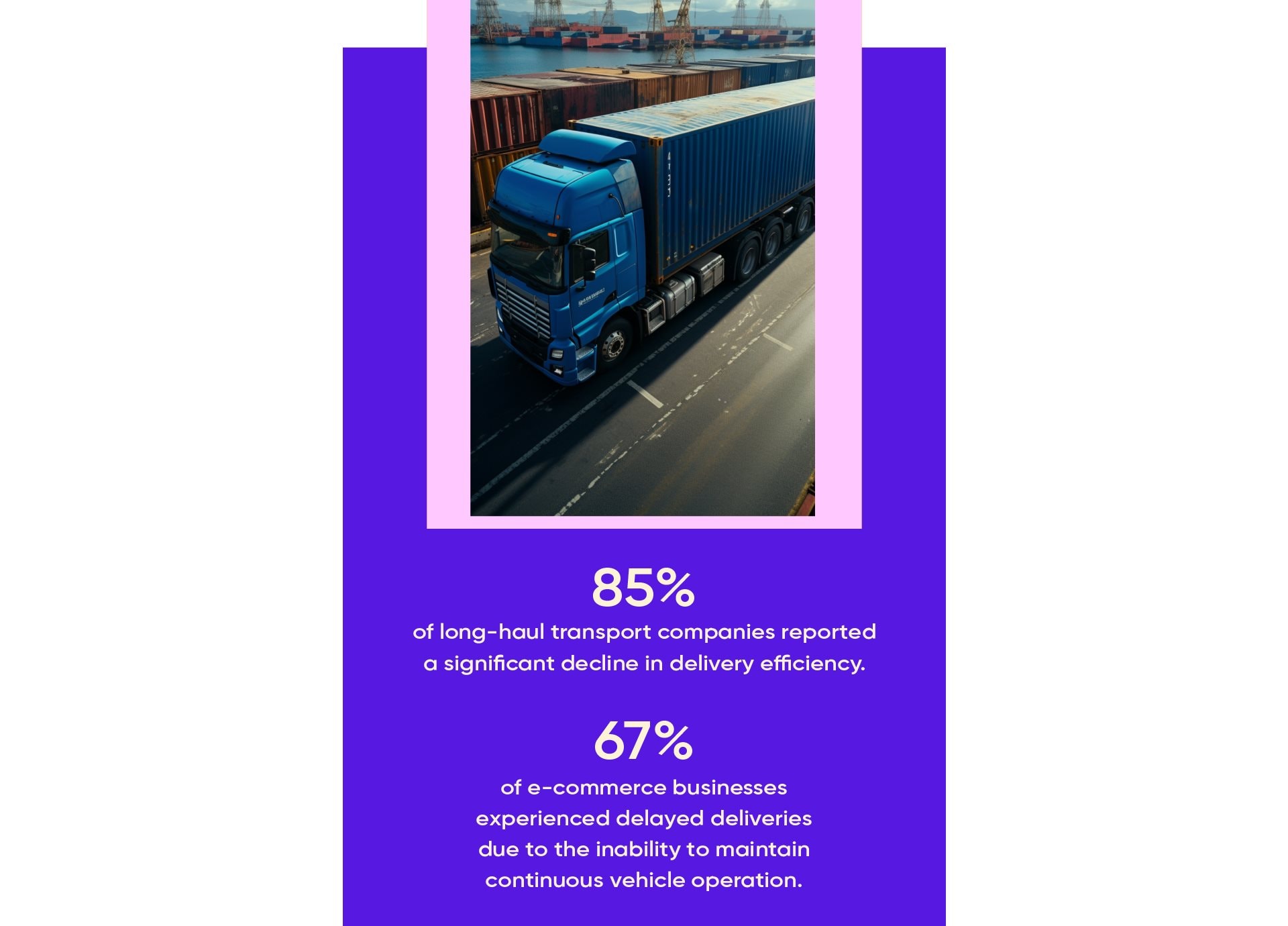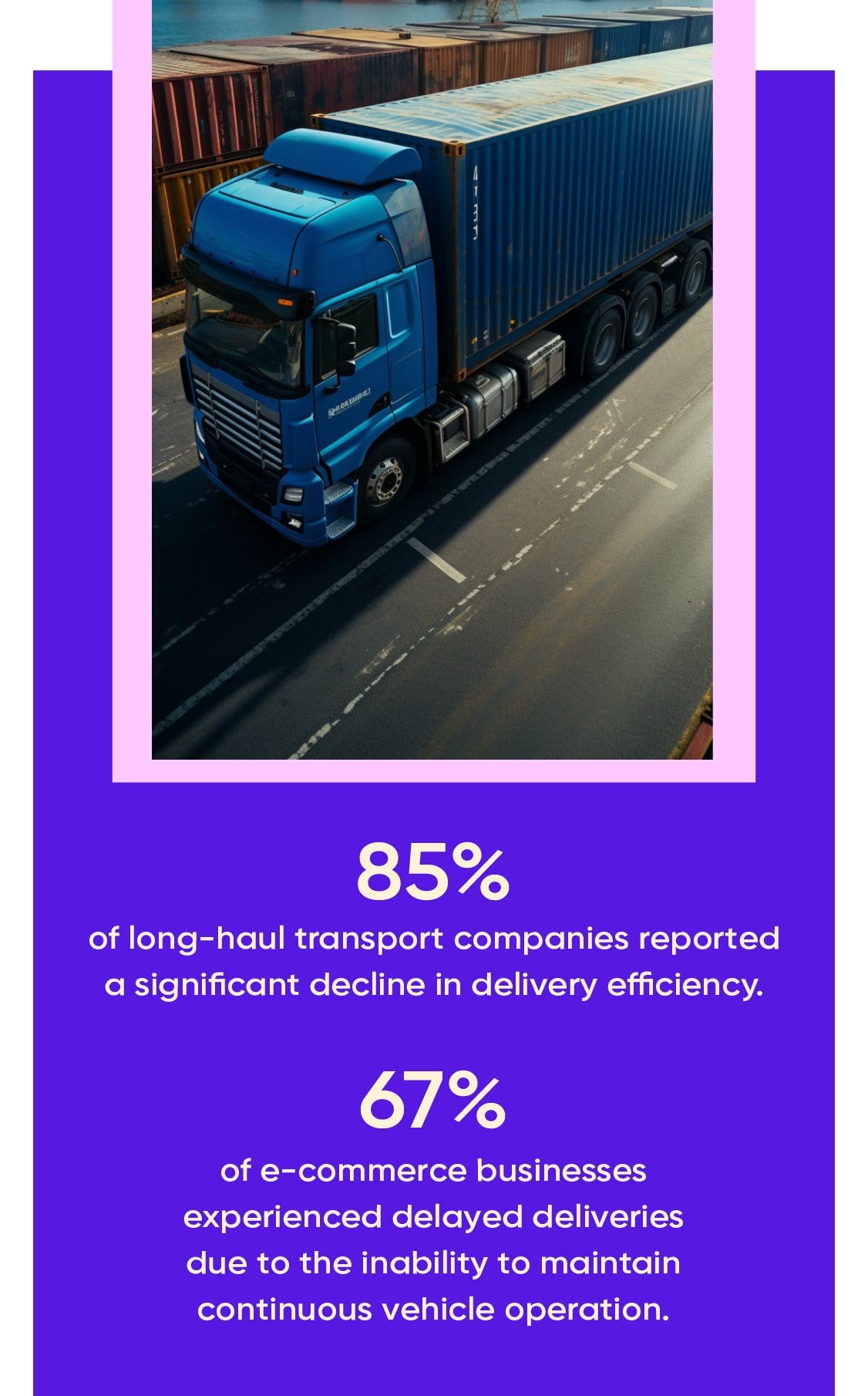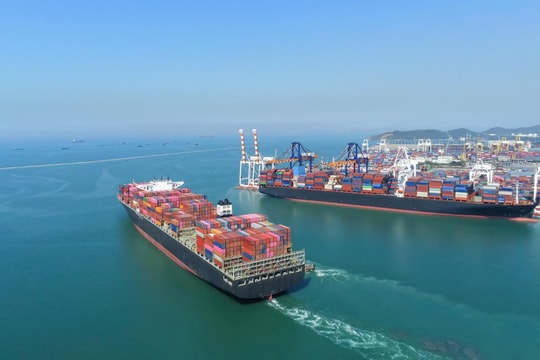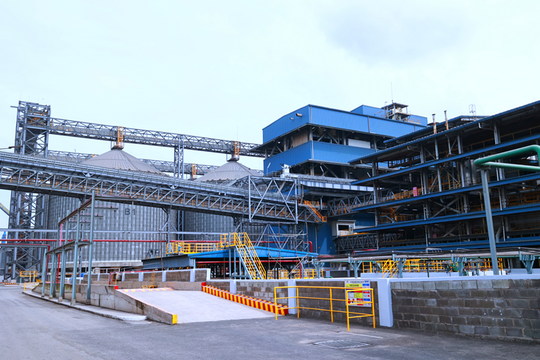One month into its implementation, a CEL report revealed that 80% of logistics companies have been severely impacted by this regulation, particularly in long-haul transport. 70% of businesses reported rising transportation costs, while supply chain disruptions have caused delivery times to increase by 15-30%.
This raises the question: Are driving hour limits truly a safety solution, or are they becoming a barrier for the transportation industry?
Why Are Driving Hour Limits Challenging for the Logistics Industry?
Road transport plays a critical role in Vietnam’s supply chain, especially in e-commerce, food and beverage, industrial manufacturing, and import-export sectors. When drivers are restricted in their working hours, the entire logistics system is affected—from logistics companies to manufacturers and consumers.
1. Decline in Transportation Productivity
Previously, a driver could work 60-65 hours per week, ensuring optimal efficiency for long-haul routes. However, since the decree took effect, driver productivity has decreased by 20-30%, leading to a severe driver shortage, especially on key North-South routes.


Driver Shortage – An Unresolved Issue
Vietnam is currently facing a severe shortage of drivers, particularly for heavy trucks and container vehicles. The driving hour restriction forces businesses to hire additional staff to maintain delivery schedules, but in reality:
- 70% of the current driver workforce is over 40 years old, while younger workers are reluctant to join the profession due to its demanding working conditions.
- Recruitment and training costs for new drivers have increased by 15-20%, making it difficult for companies to replace their workforce.
Soaring Transportation Costs
With fewer drivers available to meet growing transport demands, companies are forced to increase wages while also incurring higher management and driver scheduling costs. As a result, transportation fees have surged by an average of 20-25%, directly affecting supply chains and product prices.
Delivery Delays – A Growing Burden for Businesses and Consumers
Previously, transport routes from Hanoi to Ho Chi Minh City took 36-40 hours, but after implementing the driving hour limits, this duration has extended to 50-60 hours due to mandatory rest stops. This has directly impacted:
- E-commerce companies, where on-time delivery rates have dropped from 95% to 80%.
- The food and FMCG (Fast-Moving Consumer Goods) industry, where perishable products suffer losses due to transportation delays.
.jpg)
.jpg)
How Can Businesses Adapt to the New Regulations?
Despite ongoing debates, logistics companies must adapt to ensure their business operations remain uninterrupted.
1. Restructuring Transport Schedules
- Implementing AI-powered route optimization software to reduce unnecessary stopovers.
- Rotating drivers on long-haul routes to comply with regulations while maintaining delivery efficiency.
2. Utilizing Driver Monitoring Technology
- GPS tracking and real-time sensors help manage driving hours effectively, ensuring compliance without compromising delivery schedules.
3. Investing in Multimodal Transportation
- Combining road, rail, and water transport to reduce dependence on trucking and minimize risks associated with regulatory changes.
Conclusion
One month into its enforcement, Decree 168/2024/NĐ-CP has already had a significant impact on the logistics and supply chain industry. While the regulation’s goal is to enhance road safety, without proper adjustments, the transportation sector may face increased costs, driver shortages, and lower delivery efficiency.
The key question remains: How can we strike a balance between safety and operational efficiency? Should the government consider more


.jpg)
.jpg)
.jpg)
.jpg)

.jpg)


.png)


















